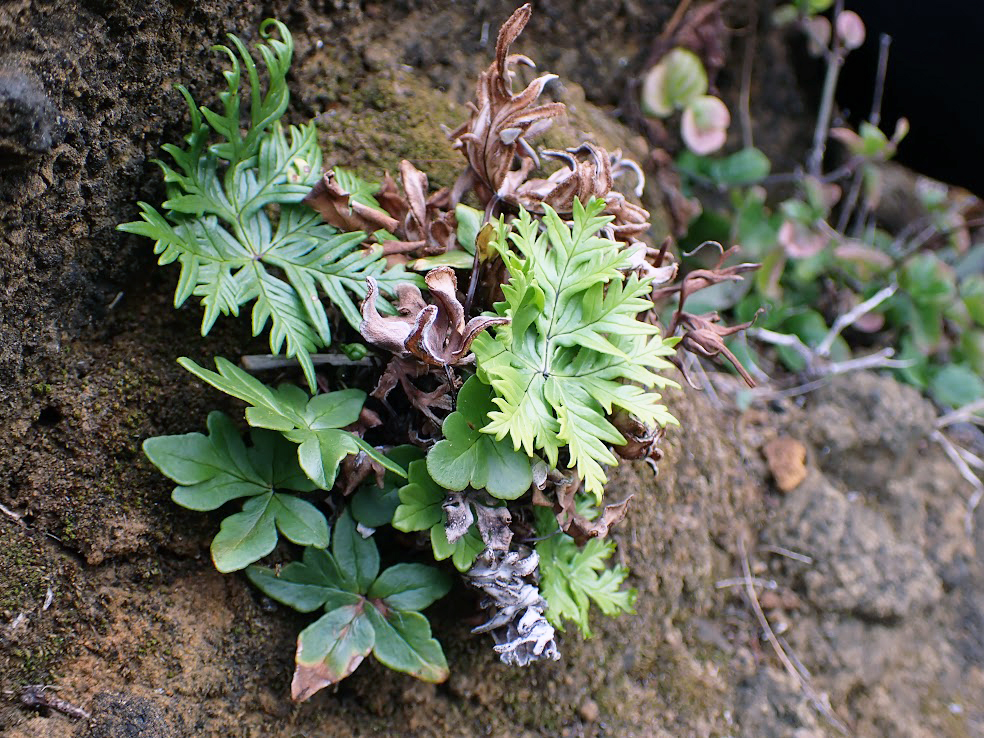Paper and Cover Alert
Recent University of Hawai’i postbaccalaureate Krystalyn Edwards-Calma led a new paper on the climatic preferences of Hawaiian dryland ferns and the potential impacts of naturalized (non-native) species and land-use change on the distribution of Hawaiian native taxa. Her paper was selected to be included in a new special issue of Applications in Plant Sciences: “From theory to practice: new innovations and their application in conservation biology.”
The paper presents a pipeline for climatic niche modeling that takes into account land-use change and possible competition from close relatives. We find that land-use change, particularly the conversion of drylands to agricultural lands and, more recently, to fallow agricultural lands, has limited the available habitat for native ferns, including some of the native Doryopteris. We emphasize the importance of historical land-use and place-based understandings for conservation assessments.
Especially exciting, the paper will be featured on the cover of the special issue with this photo:

Doryopteris decipiens (Hook.) J. Sm. grows in drylands across the main Hawaiian Islands, where it is endemic. It is pictured here on the steep walls of a lowland canyon of Kohelepelepe (Koko Crater), O’ahu. This population of D. decipiens co-occurs with a mix of other native plants, including Panicum torridum Gaudich., Sida fallax Walp., and Heliotropium anomalum Hook. & Arn., but also large populations of naturalized plants such as Cenchrus setaceus (Forssk.) Morrone, Cynanchum gerrardii (Harv.) Liede, Megathyrsus maximus (Jacq.) B.K. Simon & S.W.L. Jacobs, and Leucaena leucocephala (Lam.) de Wit. This habitat exemplifi es the plight of many endemic Hawaiian dryland species, which survive in pockets of available habitat dominated by naturalized species rather than natives. In “Conservation applications of niche modeling: Native and naturalized ferns may compete for limited Hawaiian dryland habitat,” in this special issue (“ From Theory to Practice: New Innovations and Their Application in Conservation Biology”), Edwards-Calma et al. develop a climatic niche pipeline that integrates land-use change and the possible eff ect of competition from naturalized relatives of species of conservation concern. They model the remaining suitable habitat of native Hawaiian dryland ferns and demonstrate that the spread of naturalized species and land conversion (fallow agricultural land in particular) act synergistically to decrease available lands for natives. Image credit: Carrie M. Tribble.
Check out the paper online here (it’s open access), or download the PDF.
Congratulations, Krystalyn!!